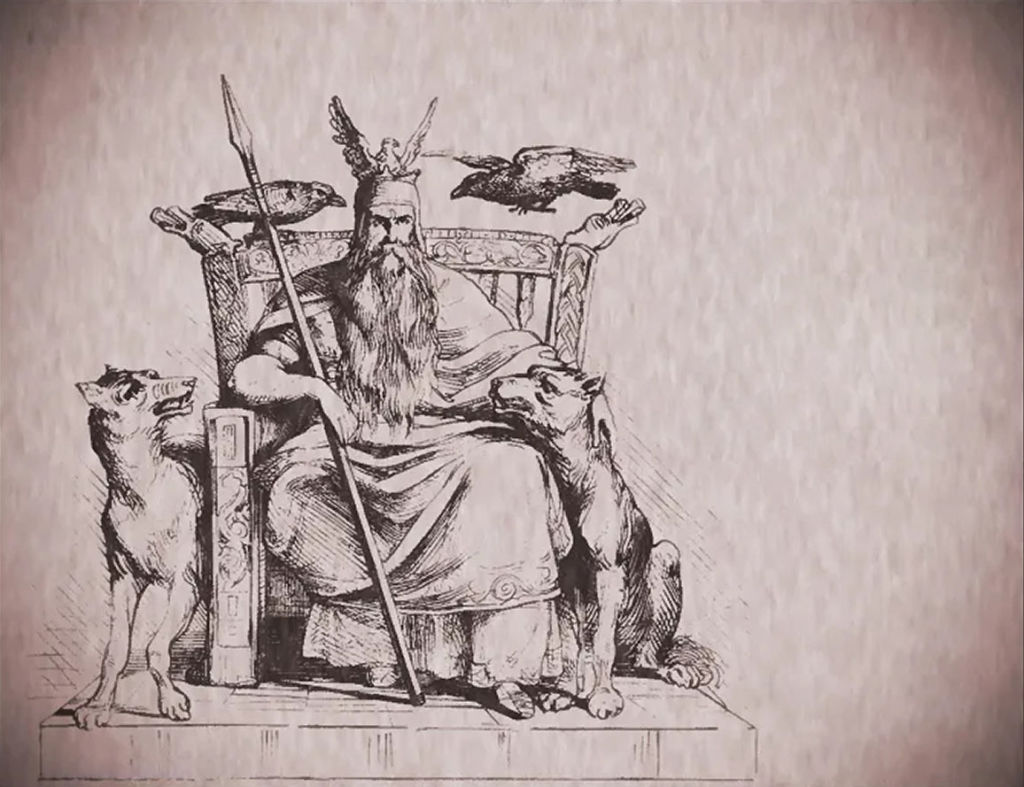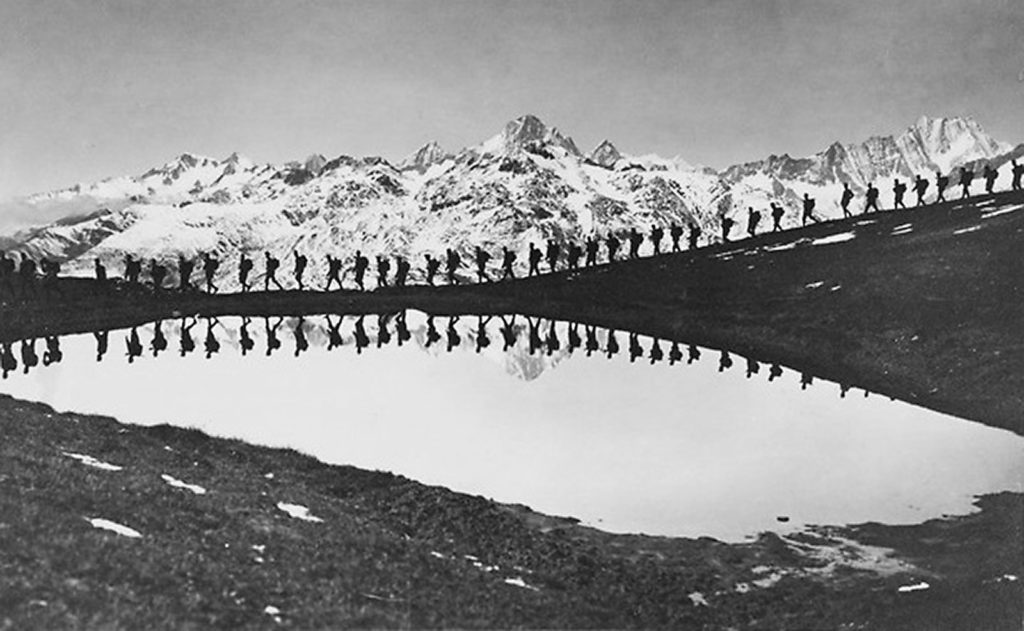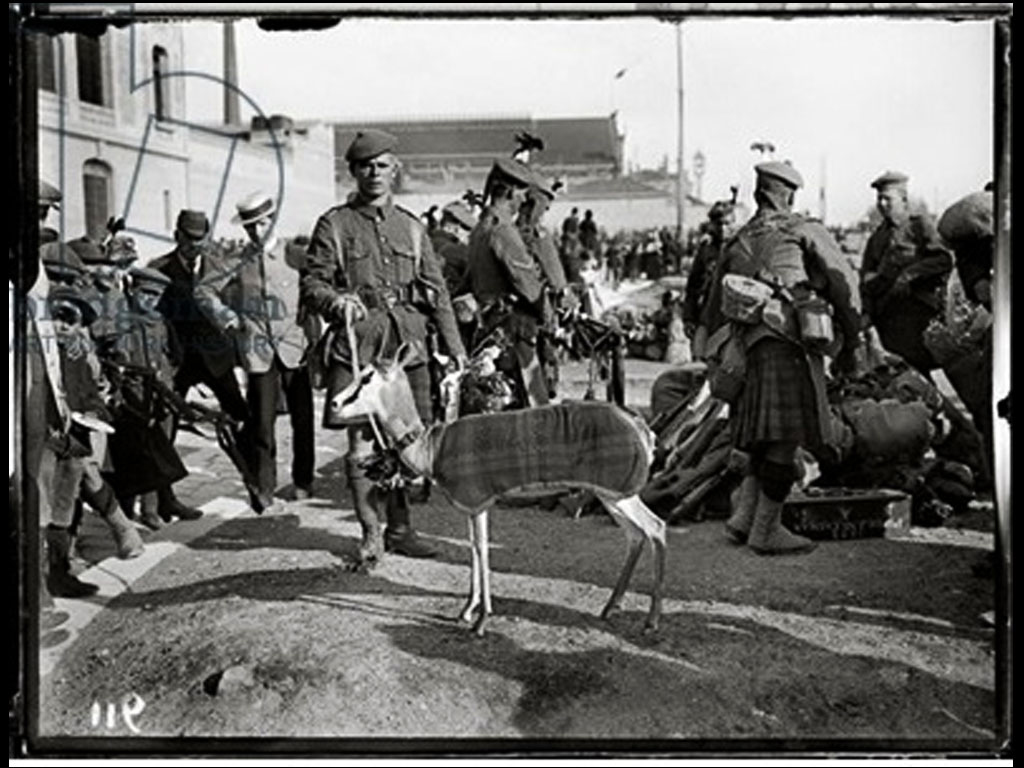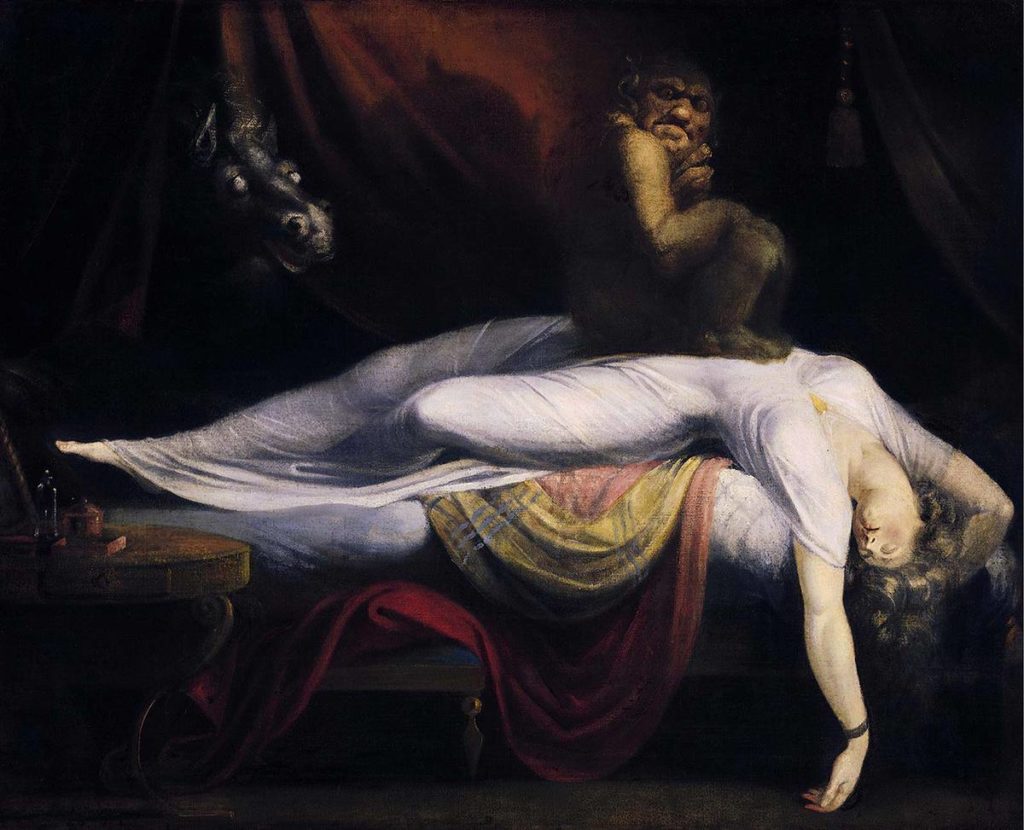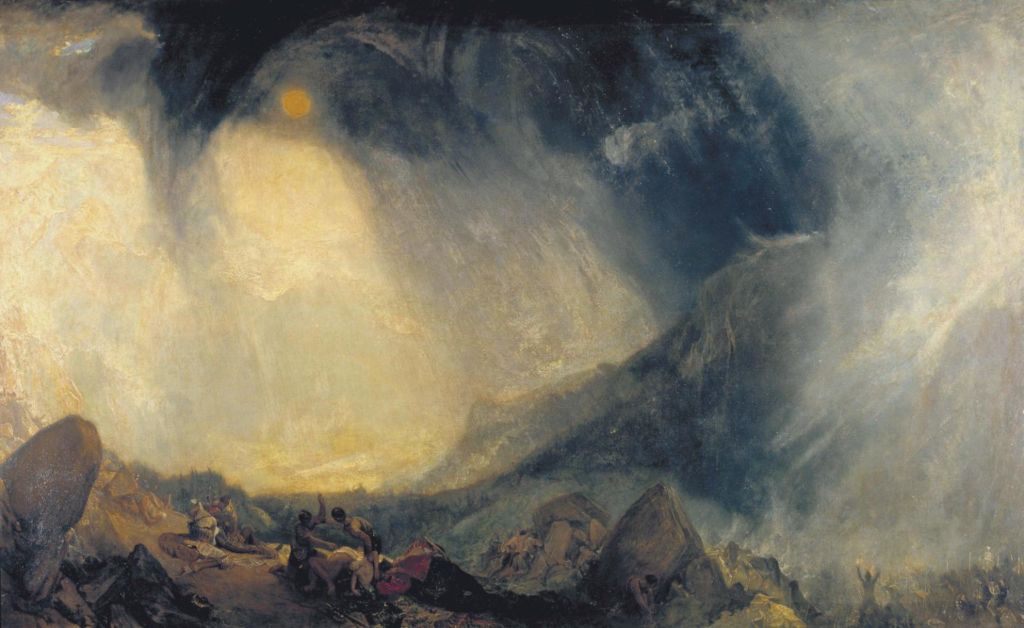To celebrate the thirtieth anniversary of the Louvre Pyramid by (recently deceased) architect Ieoh Ming Pei, the museum joined forces with Airbnb for a kind of sweepstake. Together they offer a winning couple the chance to drink an aperitif alongside the Mona Lisa and dine before the Venus de Milo before curling up in bed in one of the museum rooms. It’s all part of a new era in experiential marketing.
It is nothing new, or rare, to privatize the galleries of the Musée du Louvre, hundreds of movies are shot there each year. However skepticism, even criticism of the Louvre is mounting, for instance by other international museums, in a collective questioning of conservation ethics, notably when it comes to the spiritual protection of artworks. Indeed, conservation implies protecting pieces from physical alterations but also from moral ones. In this light, it is valid to analyze the relationships nurtured by public cultural institutions with corporations or private interests.
After granting permission for the controversial video shoot Apeshit by Beyoncé and JAY-Z, where the singer can be seen dancing in front of masterpieces, the Louvre also opened its doors to the French televised game show Questions pour un champion in August 2018. The show attracted 1,5 million French viewers, whereas the Apeshit video had over 160 million views. For the biggest museum in the world, it’s an easy calculation: use media to increase visibility, update its image and diversify clientele.
Essentially, the former residence of French kings seems ready today to do anything that will draw numbers, abandoning the arts in support of the tourism and cultural industries. As Christophe Roux, professor of Marketing for Cultural Industries at Sciences Po, observes: “Museums, and particularly the Louvre, have entered the era of experiential marketing, aided by the interactivity of social media.”
The process is nothing new. The Louvre Pyramid, built between 1985 and 1989, was already slated at the time to become a shopping center. The partnership between the Louvre and the American hospitality service, however, has some people grinding their teeth. A major contributor to the housing shortage crisis, urban desertification and general disregard for French fiscal policy, Airbnb is more than just controversial. Although some see the good in trying to turn Internet users into visitors, others see the association of the museum’s name with this business as altering its image. In an opinion piece for the newspaper “Le Monde” on April 12, 2019, philosopher Olivia Bianchi regards the operation as a disgrace to the site. She described the process as “polluting the spiritual atmosphere of the Louvre”.
There have already been controversies surrounding the Louvre’s satellite sites, particularly the Louvre Abu Dhabi. The agreement between France and the Emirate includes a financial envelope of nearly one billion Euros poured into the French museum, of which 400 million were just for the use of “Louvre” name, considered a brand. In an opinion piece entitled “Museums are Not For Sale” (Le Monde, December 12, 2006), Françoise Cachin (then Honorary Director of Musées de France), Jean Clair (Honorary Conservationist and writer) and Roland Recht (professor in the Collège de France) already condemned the ethical breach that comes with the commercial, political and media exploitation of masterpieces that belong to public cultural heritage, accusing the political acthttp://www.usias.fr/chaires/roland-recht/ors involved of offering a royal and diplomatic gift to Abu Dhabi in exchange for money: “Isn’t this selling its soul?”. The Louvre Abu Dhabi has since been inaugurated, in November 2017, with a building by French architect Jean Nouvel.
Although most museums in France and Europe have resisted these kinds of expansions or commercial leasing, they cannot bypass the publicity. There will always be museums that seem capable of marketing with more wisdom and creativity than the Louvre. For its re-opening in 2013, the Rijksmuseum in Amsterdam staged a live, human-scaled reenactment of Rembrandt’s The Night Watch, set to music by Ludwig Van Beethoven. Under the stunned gaze of shopping center visitors, actors, stunt people, horses, a falcon and banners bring to life the moments just prior to the depicted scene, locking into a live freeze frame that meticulously recreates every detail of the original painting.
This marketing stunt proves that a balance is possible between economic profits and respecting the deontological codes of public museums set by the ICOM (International Council of Museums), not to mention upholding the duties with regard to collections, research, their enrichment, the scientific work of conservationists and the educational role of the institution.
Translation by Maya Dalinsky Cover: © Roman Slavik / Istockphoto


